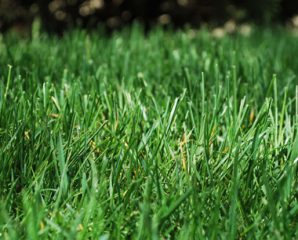Unlike other pests, weeds are incessant; they are always trying to find a niche to invade via the use of various evolutionary strategies. One of those strategies is seed production. Let’s look at annuals (plants that die every winter) and perennials (plants that survive the winter).
In order for an annual to survive long term as a species, it will likely need to produce prolific amounts of seed continuously throughout the growing season. These annual plants often produce seed very quickly even when plants are very young and small. For example, the Annual Bluegrass (Poa annua, not to be confused with Kentucky Bluegrass Poa pratensis) will produce seed when mowed at 2 inches, residential lawns can produce viable seed in as little as 72 hours after pollination.
In contrast, perennial weeds take on something of a different strategy. Since these plants survive year after year it is not as crucial to produce prolific amounts of seed continuously through the growing season as they will likely be around to produce seed again next year. Thus, often times perennial weeds have a specific flowering period and afterwards put energy into an overwintering root rather than putting more and more energy into seed as an annual plant does.
The point I am trying to make with all this is, it is not enough to ask “what do I apply to get rid of this weed, insect or fungus. It will always pay to understand what you are dealing with and what bigger picture strategies can be used. For example, letting an area dry out between watering could easily stop a fungus problem. One landscaper I know actually vacuums and bags the grass clippings collecting as much Annual Bluegrass seed as possible, substantially slowing its spread in a lawn. These strategies often are very helpful, and don’t take too much time and effort. They just take a little thought and understanding of what exactly you’re dealing with.

